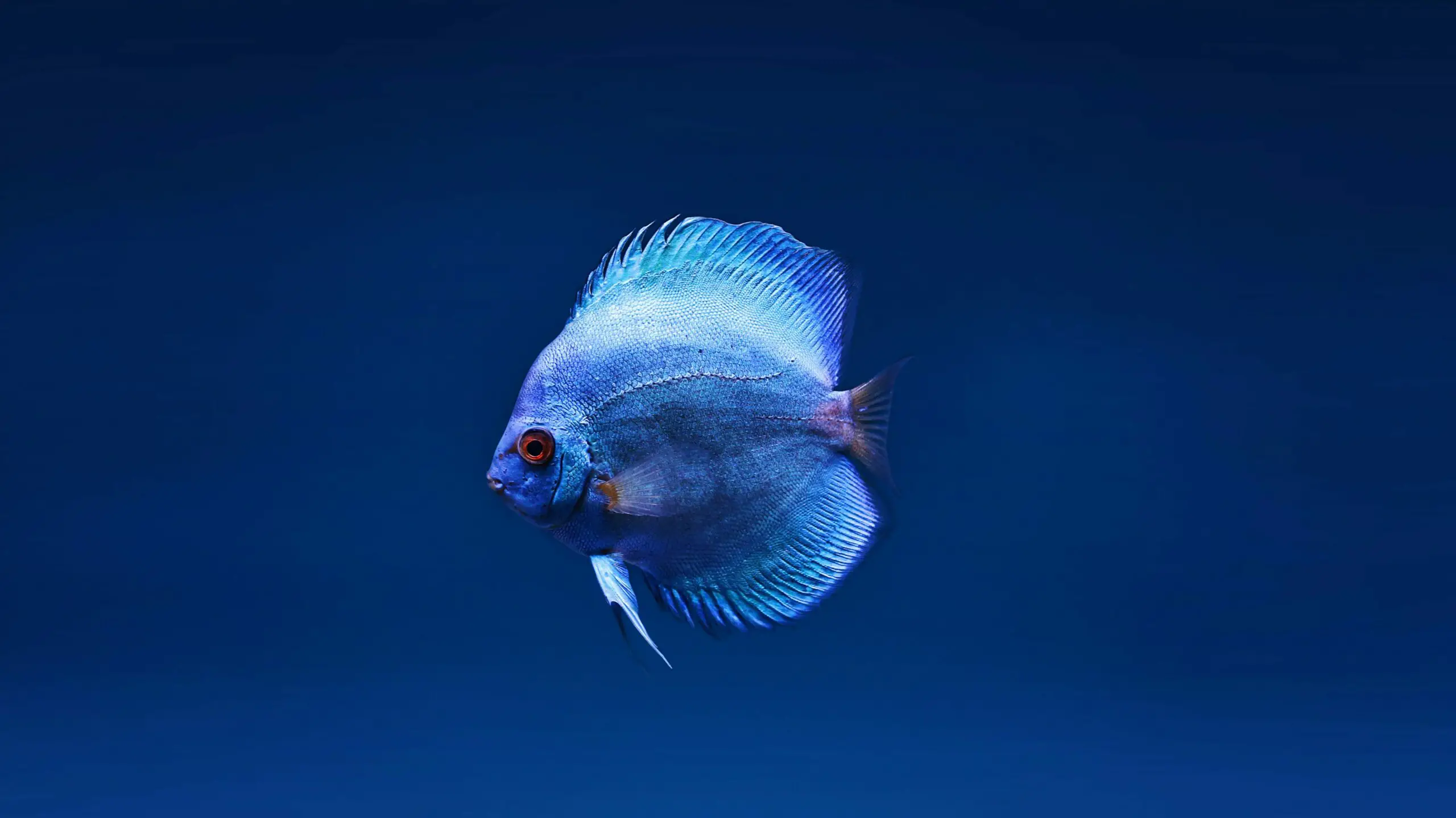A fish in shock can exhibit various physical and behavioral symptoms that may indicate its distress. Fish, like other animals, can experience stress and shock in response to various environmental factors such as sudden changes in water temperature, poor water quality, handling, transport, or other traumatic events. Here are some potential signs that a fish may be in shock:

- Abnormal Swimming Patterns: A fish in shock may exhibit erratic or abnormal swimming patterns. It may swim in circles, tilt to one side, or struggle to maintain its balance. The fish may also exhibit spasms or twitching movements, indicating its discomfort.
- Sluggishness or Lethargy: Shocked fish may appear sluggish or lethargic. They may rest at the bottom of the tank or pond, or float near the surface without much movement. This lack of activity may be a sign that the fish is struggling to cope with the stress it is experiencing.
- Loss of Appetite: Fish in shock may lose their appetite and refuse to eat. This may be due to the physiological changes that occur during stress, which can affect the fish’s digestive system and reduce its ability to consume food.
- Rapid or Labored Breathing: Fish may exhibit rapid or labored breathing when in shock. This can be seen as increased gill movement or gasping at the surface of the water. The fish may also exhibit open-mouth breathing, which is abnormal for fish and can indicate respiratory distress.
- Changes in Coloration: The coloration of a fish can change when it is in shock. The fish may become pale or lose its vibrant colors. This can be due to changes in the fish’s blood circulation or stress hormones affecting the pigmentation cells in its skin.
- Hiding or Isolation: Fish in shock may seek hiding spots or isolate themselves from other fish. This behavior can be an indication of stress and discomfort. The fish may retreat to a corner of the tank or pond, or hide among plants or decorations in an attempt to find security.
- Excessive Mucus Production: Fish may produce excess mucus when they are stressed or in shock. This can be observed as a slimy coating on the fish’s body, fins, or gills. The excess mucus production is thought to be a defense mechanism to protect the fish from further stressors or pathogens.
- Jumping or Thrashing: In extreme cases of shock, fish may exhibit erratic behavior such as jumping out of the water or thrashing violently. This can be a desperate attempt by the fish to escape the stressful environment or situation it is in.
- Loss of Reflexes: Fish in shock may lose their normal reflexes. For example, they may not respond to stimuli, such as tapping on the tank or pond glass, that would normally elicit a response. This can be an indication that the fish’s nervous system is affected by the stress it is experiencing.
It is important to note that not all fish in shock will exhibit all of these signs, and some fish may exhibit only a few or none at all. Additionally, the severity and duration of shock can vary, and fish may recover from shock with appropriate care and intervention. If you suspect that your fish is in shock, it is important to take immediate action to address the underlying cause of stress, such as improving water quality, providing a stress-free environment, and consulting with a veterinarian or experienced fish keeper for appropriate treatment options. Timely intervention and care can greatly increase the chances of a fish recovering from shock and returning to normal health.